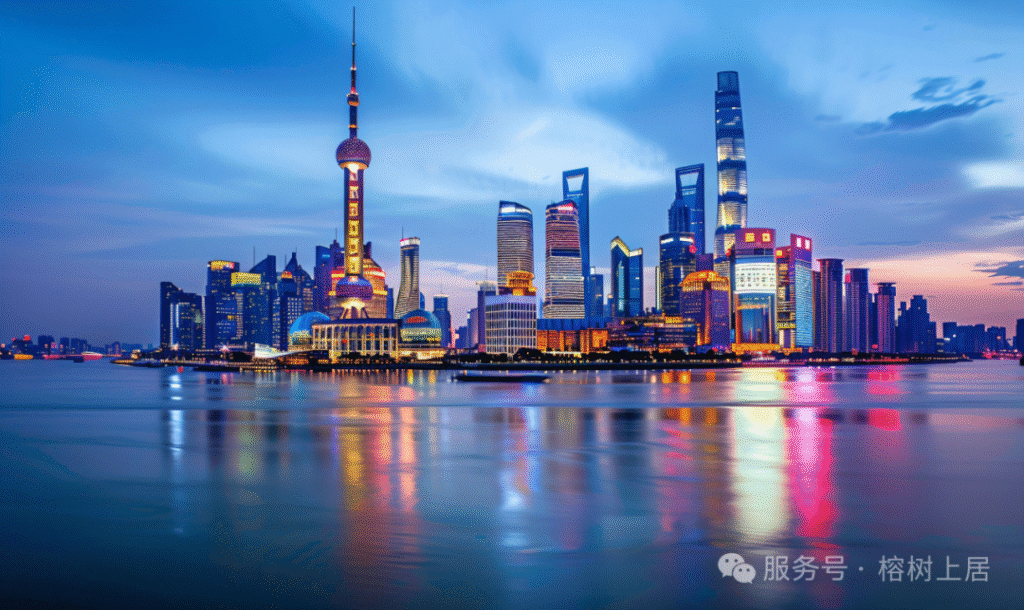
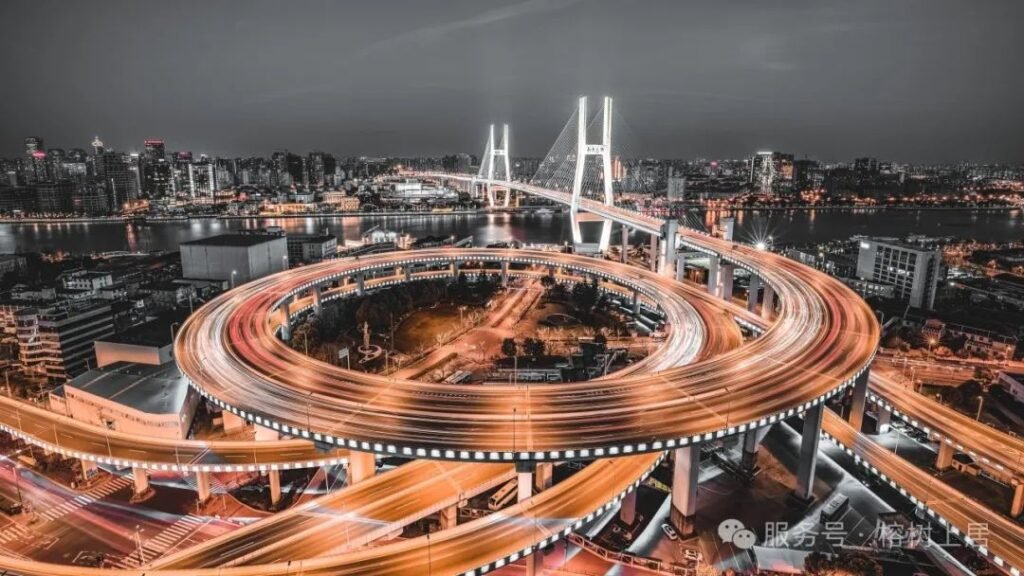
Speaking of Shanghai, it is like a living scroll of history. As early as the Warring States period, Shanghai was the fiefdom of Lord Chunshen of Chu, Huang Xie, hence its alternative name “Shen.” In modern times, Shanghai has experienced tumultuous changes. After the signing of the Treaty of Nanjing in 1842, it became a treaty port, and with the establishment of the British Concession in 1845, Shanghai gradually became China’s first modern concession, followed by the American and French Concessions. These historical events have left a profound mark on Shanghai. The architectural complex along the Bund, with every brick and tile, tells the story of modern China’s gravitas and vicissitudes, openness and integration. On the banks of the Huangpu River, the Oriental Pearl Tower and the Jin Mao Tower stand tall, not only as symbols of Shanghai but also as witnesses to China’s reform and opening-up. Strolling along Nanjing Road Pedestrian Street, with its rows of shops and bustling crowds, one is instantly transported back to that vibrant and bustling era of old. Meanwhile, the old houses hidden deep in the alleyways quietly recount the daily life of Shanghai’s residents, offering a sense of the city’s unique warmth and charm.
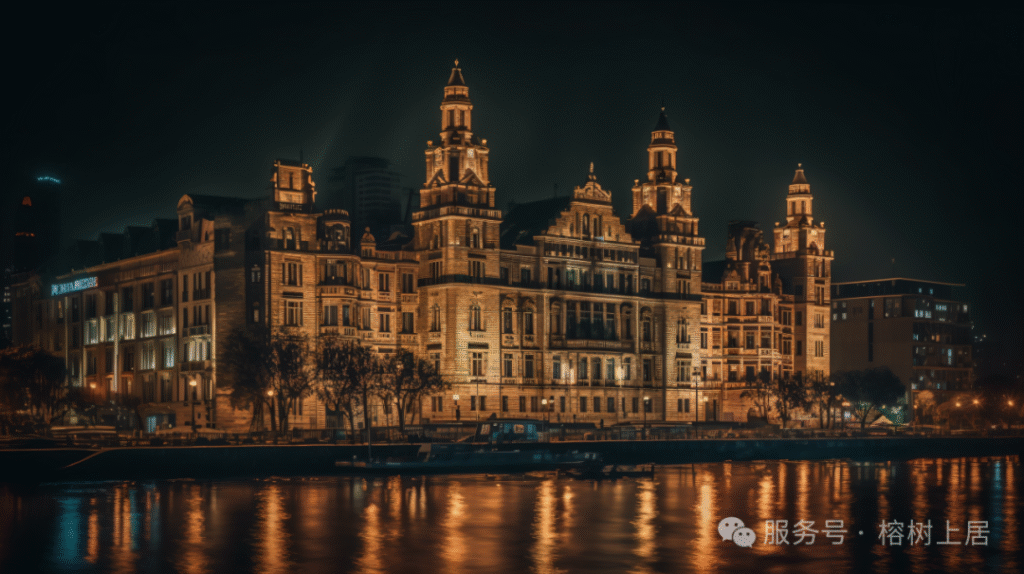
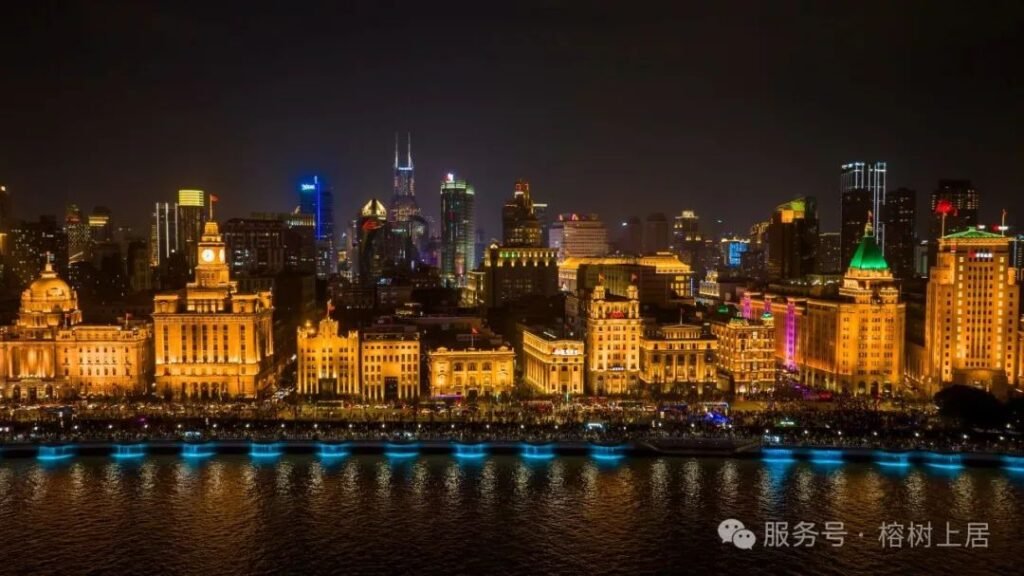

It must be said that Shanghai is undoubtedly a treasure trove of architectural art. From early Gothic and Baroque buildings to later Renaissance and Neoclassical structures, and then to modernist skyscrapers, Shanghai’s architectural styles are diverse and dazzling. Among them, modernist representative buildings such as the Shanghai World Financial Center, Jin Mao Tower, and Shanghai Tower showcase the prosperity and vitality of the modern city with their sleek designs, clean lines, and metallic building materials. Meanwhile, Renaissance-style buildings like the Wukang Building and Neoclassical structures such as the HSBC Building, with their unique historical charm and artistic value, have become integral parts of Shanghai’s urban landscape. These buildings not only bear witness to Shanghai’s historical transformations but also reflect the cultural exchanges and aesthetic pursuits of different eras.
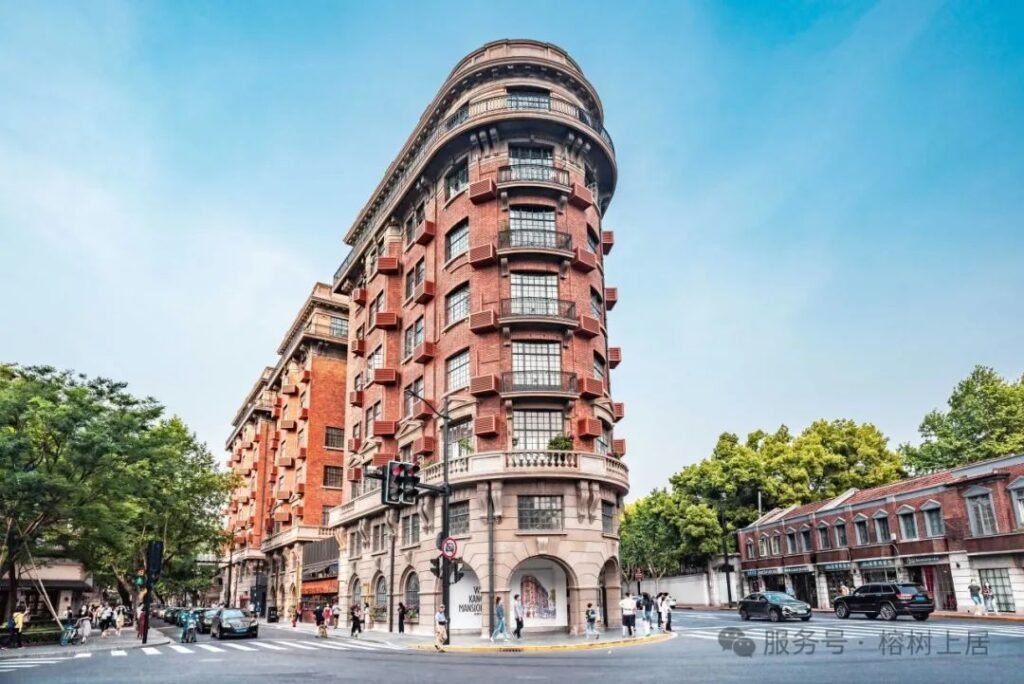
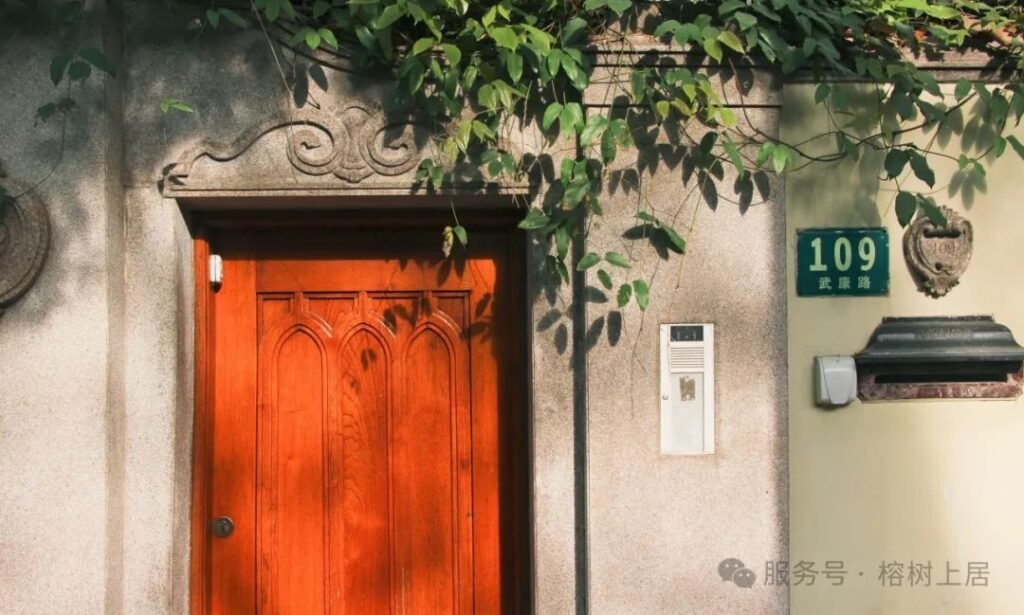
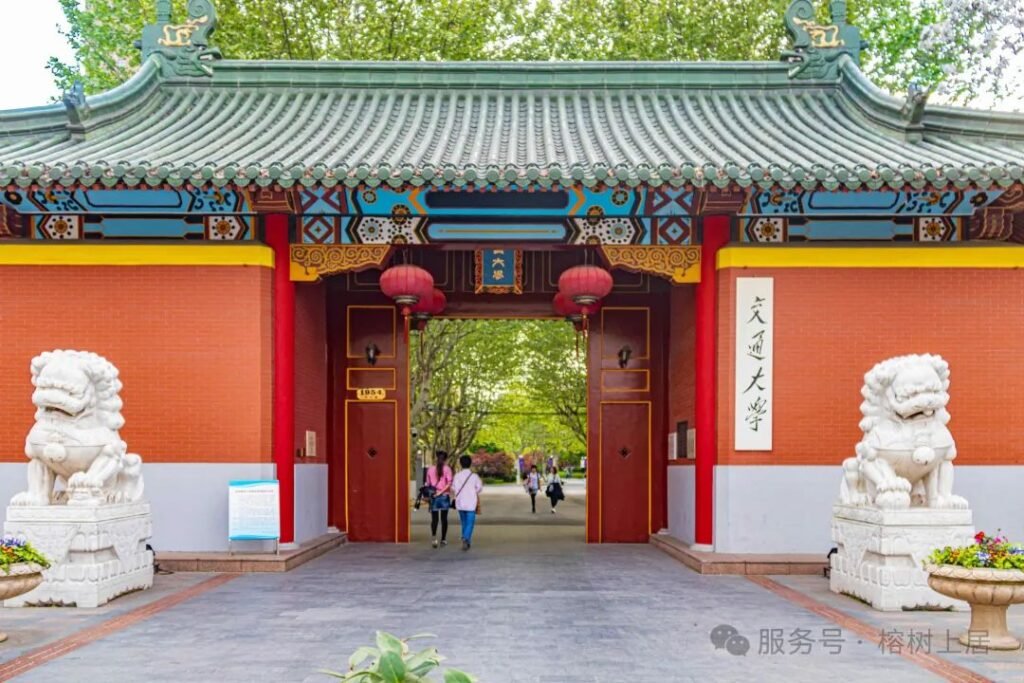
Another noteworthy aspect is Shanghai’s cuisine, which is diverse in variety and flavor. Whether it’s traditional local dishes and snacks or delicacies from around the world, Shanghai has it all. On Nanjing Road Pedestrian Street, in Tianzifang, or in the city’s alleys and lanes, one might stumble upon a time-honored eatery at any moment. Additionally, Shanghai is a shopper’s paradise, offering everything from high-end luxury goods to affordable fashion brands, and from large shopping malls to unique boutiques.

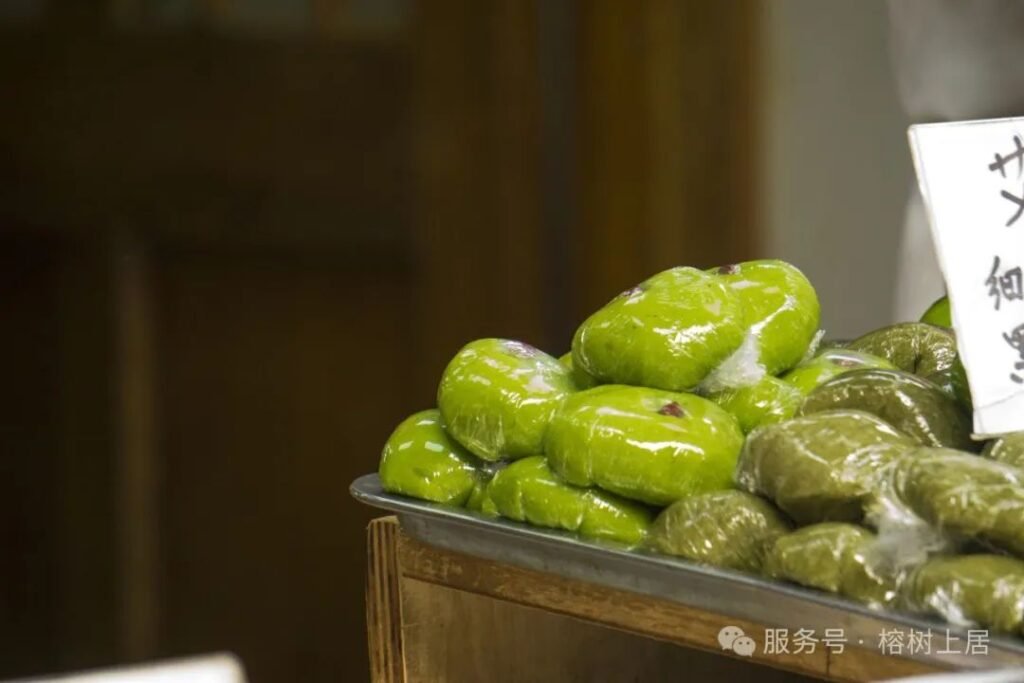
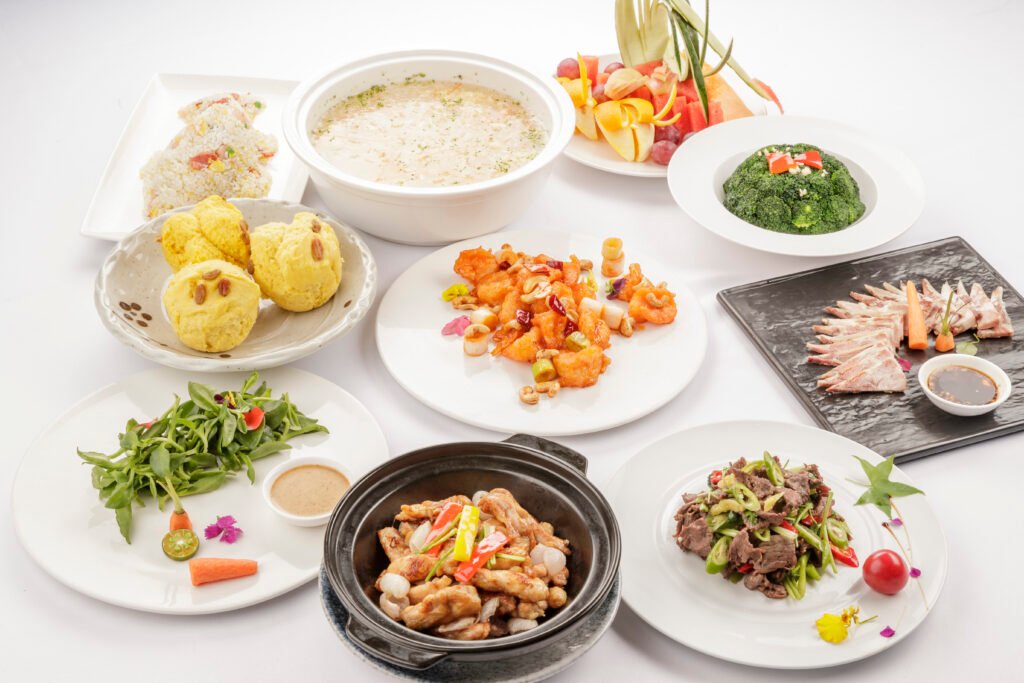
When it comes to entertainment, Shanghai offers countless options. Whether it’s a magical journey at Disneyland, a nighttime stroll along the Bund, a panoramic view from the Oriental Pearl Tower, a folk experience at the City God Temple, the cultural enrichment of art exhibitions, or the audiovisual feast of musical performances, Shanghai has something to bring everyone joy and satisfaction.
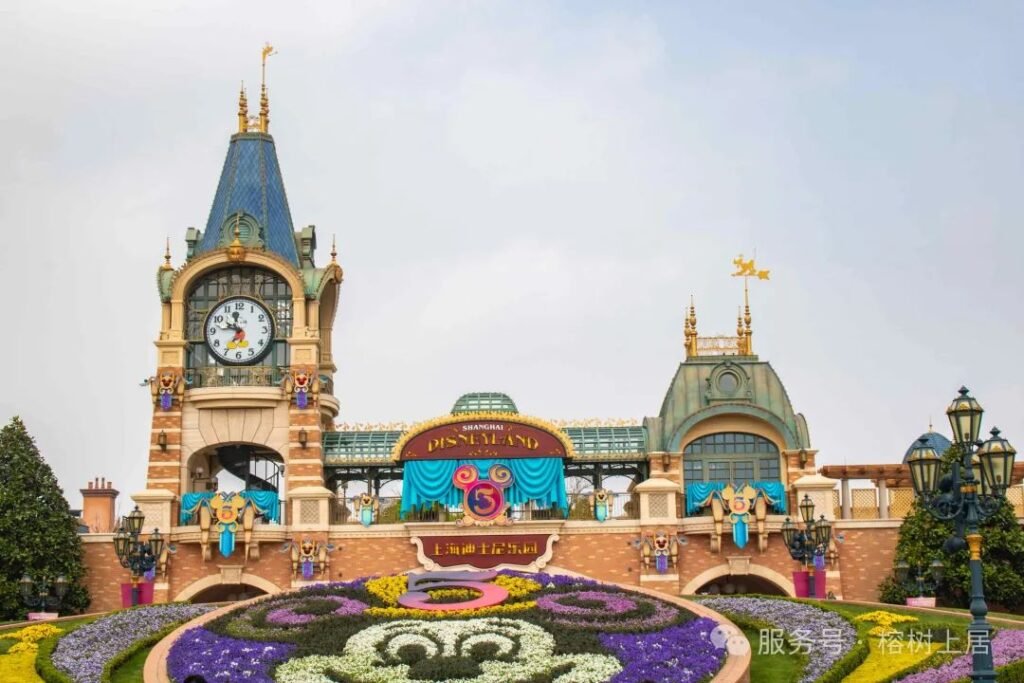
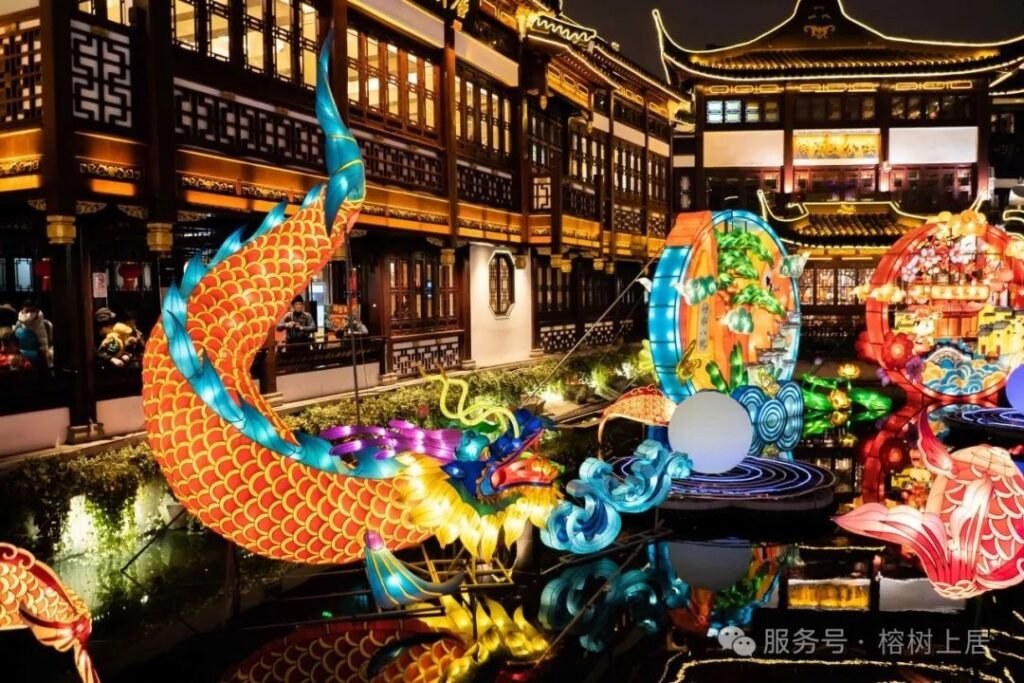

In short, Shanghai is a city full of charm. Its historical stories are fascinating, its architectural styles diverse and unique, and its options for food, shopping, and entertainment rich and varied. From day to night, whether you’re tracing the footsteps of history or indulging in modern prosperity, whether you’re captivated by architectural artistry or enchanted by culinary delights, Shanghai is worth exploring at a leisurely pace.
In fact, no reason is needed to love this city. Whether for travel or for living, just come.